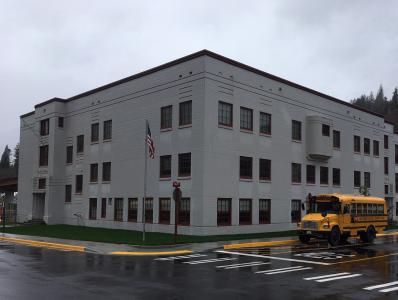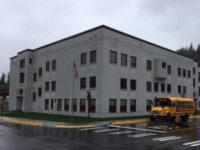A client’s former maintenance and fueling operations resulted in petroleum hydrocarbon contamination beneath a historic school building. Farallon evaluated various remediation approaches and, after comparing the relative performance of each approach against school-specific criteria, Farallon and the stakeholders chose a combination of remediation technologies designed to meet the client’s needs, fulfill the school’s requirements, and satisfy the Consent Decree with the Washington State Department of Ecology.
Farallon prepared construction plans and specifications and provided construction observation and compliance monitoring during installation and operation of the hot water flushing remediation system. The remediation system was installed during an aggressive 10-week construction schedule to accommodate school operations. The system operated during two summer seasons without disrupting school operations. Farallon used several lines of evidence to demonstrate that the remediation program had achieved the cleanup goals, and Ecology agreed that remediation could be terminated. Farallon conducted compliance monitoring during the remediation system decommissioning and prepared a construction completion report documenting system decommissioning and site restoration activities.
"This was a complicated project with many stakeholders," said Farallon Senior Geologist. "The achievement of cleanup goals within two treatment seasons required a coordinated team effort, with every team member firing on all cylinders. It is gratifying when stakeholders' goals are aligned and all the pieces fall into place for a successful outcome."

